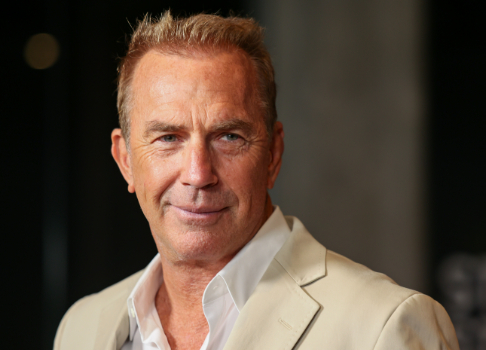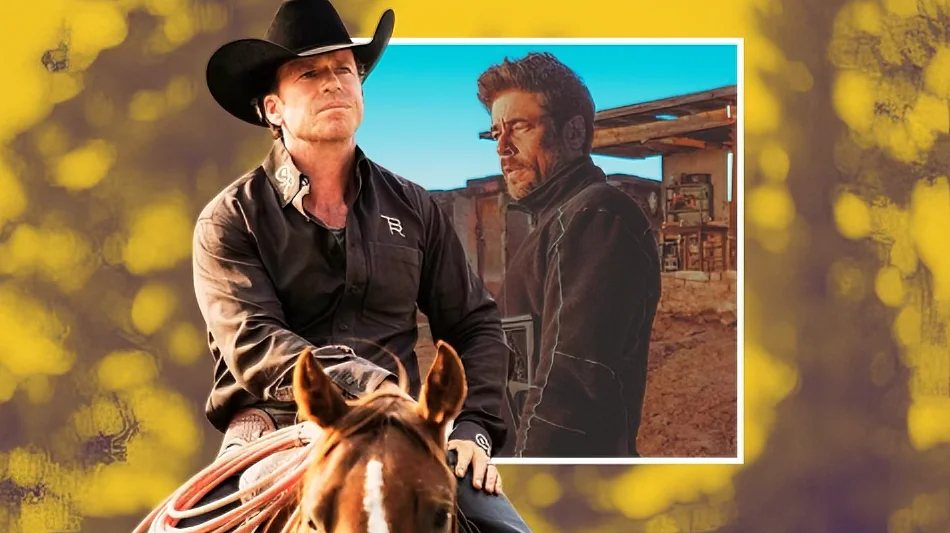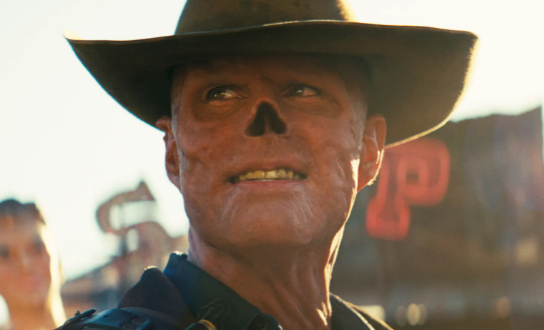The Good, the Bad and the Ugly (2025)
I. PLOT OVERVIEW
The Good, the Bad and the Ugly (2025) reintroduces one of the most iconic Western sagas of all time, but this time, the sun-bleached desert is more brutal, and the stakes are higher. Set against the scorched backdrop of a post-Civil War America, a buried fortune in Confederate gold sets three dangerous men on an explosive collision course. Each is driven by their own twisted sense of survival, and as they ride across ghost towns, war-torn battlefields, and desolate plains, their paths converge in a high-stakes game of betrayal, moral ambiguity, and reckoning.
In this modern retelling, Kevin Costner plays The Good, a stoic bounty hunter whose pursuit of justice is shaped not by revenge, but by the weight of personal loss and a code that demands retribution when it’s due. Benicio del Toro takes on the role of The Bad, a ruthless killer whose cold precision masks a dark past. His motivations are guided by a chilling sense of purpose, with no room for rage—only efficiency. Meanwhile, Walton Goggins plays The Ugly, a cunning and unpredictable outlaw who will do anything to survive, even if it means betraying everyone he meets.
As the three men chase the treasure across a land devoid of law, alliances shift and morality becomes a malleable concept. What begins as a pursuit of gold soon becomes a battle for redemption, survival, and the right to control one’s fate in a world where the rules are defined by those who dare to wield power.
II. THEMES & EMOTIONAL DEPTH
At its core, The Good, the Bad and the Ugly (2025) isn’t just a reimagining of the iconic spaghetti Western—it’s a modern exploration of morality, loyalty, and the cost of vengeance. The original film’s thematic focus on the blurred lines between good and evil is expanded here into a reflection on the consequences of the Civil War, the fracturing of a nation, and the harsh reality of a lawless land. The three protagonists are embodiments of this uncertainty, each struggling with their own demons, shaped by the violence and loss of the world they inhabit.

- The Good, played by Costner, embodies redemption. His character’s journey is one of personal atonement—a man seeking peace in a world of chaos. The contrast between his calculated justice and his past tragedies brings emotional weight to the narrative, highlighting the toll that violence takes on even the most principled individuals.
- The Bad, portrayed by del Toro, serves as the embodiment of cold, unfeeling pragmatism. His character’s moral compass is so broken that there’s nothing left to guide him but self-interest. Del Toro plays him with quiet menace, delivering a performance full of nuance that reveals both the heartless killer and the man lost in the wreckage of a destroyed country.
- The Ugly, interpreted by Goggins, is the most unpredictable of the trio. His desperation to survive forces him to shift allegiances and manipulate those around him. Goggins brings an undeniable energy to this role, balancing dark humor and vulnerability with his character’s ruthless instincts. His pursuit of gold becomes a metaphor for the larger existential questions of survival in a lawless world.
In the hands of these three men, the film weaves a complex narrative about fate, loss, and identity. The treasure they seek is not just gold—it is a symbol of something greater, a desire for meaning in a chaotic world.
III. CHARACTER DEVELOPMENT AND PERFORMANCE
The performances in The Good, the Bad and the Ugly (2025) are exceptional, with each actor delivering a portrayal that captures both the essence of their character and the evolution they undergo throughout the film.
- Kevin Costner is perfectly cast as The Good. His portrayal of a man driven by moral duty, yet haunted by past mistakes, gives the film its emotional depth. Costner brings a world-weary gravitas to the role, balancing the quiet strength of his character with moments of emotional vulnerability that make him far more than a traditional hero.
- Benicio del Toro as The Bad is both chilling and fascinating. His character’s detached demeanor and efficiency in killing make him a cold and intimidating presence. Del Toro’s performance gives the character a sinister complexity, showing that beneath the stoic exterior lies a man who is both a product of his time and a symbol of the evil that has ravaged the land.
- Walton Goggins injects much-needed unpredictability and energy into The Ugly. His character is a wild card—neither wholly good nor evil, but a person trying to make it through a chaotic world. Goggins plays The Ugly with a mix of charm, wit, and desperation, making him a compelling counterbalance to the more serious characters.

Together, these three actors create a dynamic and compelling trio, each representing a different facet of the human condition—survival, justice, and greed—and their relationships, both adversarial and cooperative, drive the emotional pulse of the film.
IV. CINEMATOGRAPHY & DIRECTION
Directed with a modern sensibility, The Good, the Bad and the Ugly (2025) stays true to the Western genre’s visual language while introducing new stylistic flourishes. The cinematography captures the vastness and emptiness of the American frontier, using wide shots to emphasize the desolation and isolation of the characters’ journey. The barren landscapes are not just visually striking—they are an extension of the characters’ internal struggles, mirroring their emotional emptiness and the existential weight of their choices.

The action sequences, particularly the iconic standoffs, are masterfully shot. The tension builds slowly, drawing on the original film’s influence but giving it a fresh, contemporary edge. Every gunfight, every chase feels earned, the result of carefully built tension rather than over-the-top spectacle. The minimalist score, paired with long, quiet pauses, amplifies the film’s meditation on life and death in a lawless world.
V. FINAL VERDICT
The Good, the Bad and the Ugly (2025) is a neo-Western that successfully honors the legacy of the original while adding layers of emotional complexity, philosophical depth, and modern filmmaking techniques. With powerful performances, breathtaking cinematography, and a compelling narrative that dives deep into the human psyche, this film stands as a worthy continuation of a legendary story.
While the film does not shy away from the violence and brutality that defined the Old West, it is ultimately a meditation on the human condition—how we seek redemption, how we cope with loss, and how we fight for survival in a world that often offers no easy answers. It is a story about men who are not just after gold, but after meaning, and it makes for a thrilling, thought-provoking cinematic experience.
Rating: 9/10
A modern, emotionally resonant reimagining of the classic Western that balances action, character, and philosophical depth. The Good, the Bad and the Ugly (2025) is a cinematic journey worth taking, for both new audiences and fans of the original.
